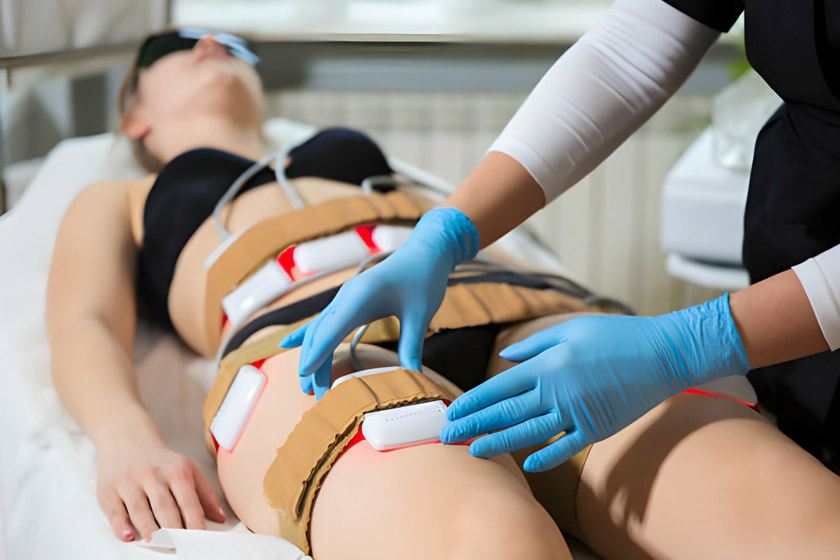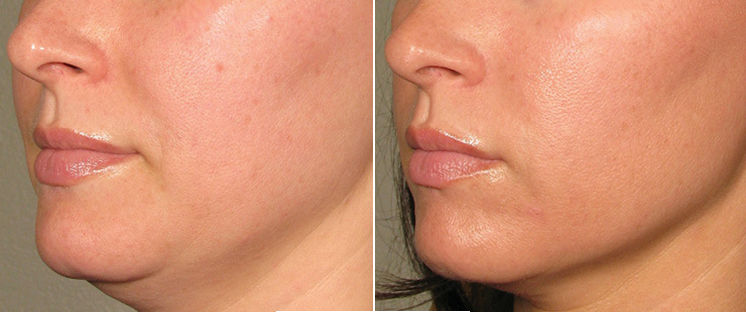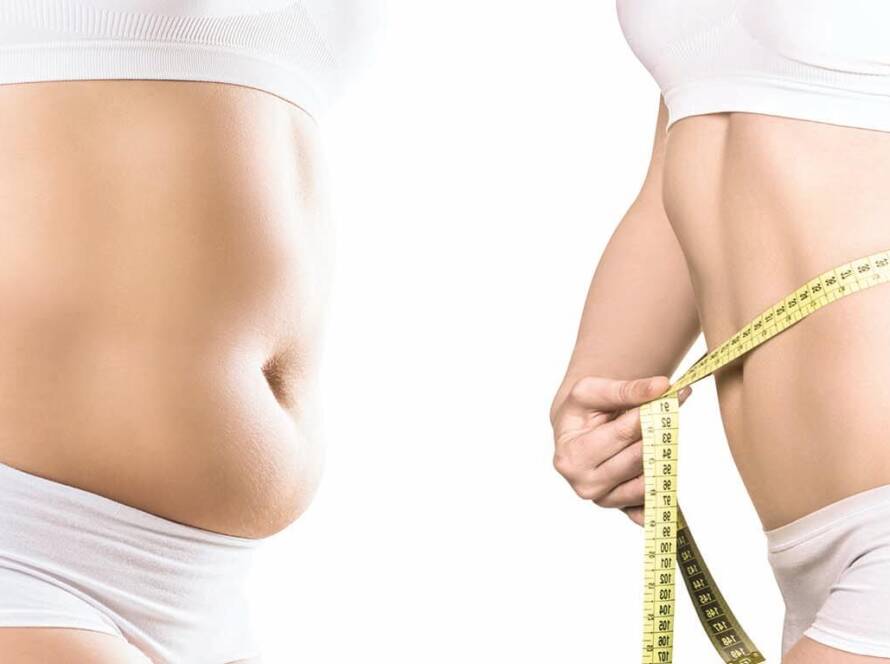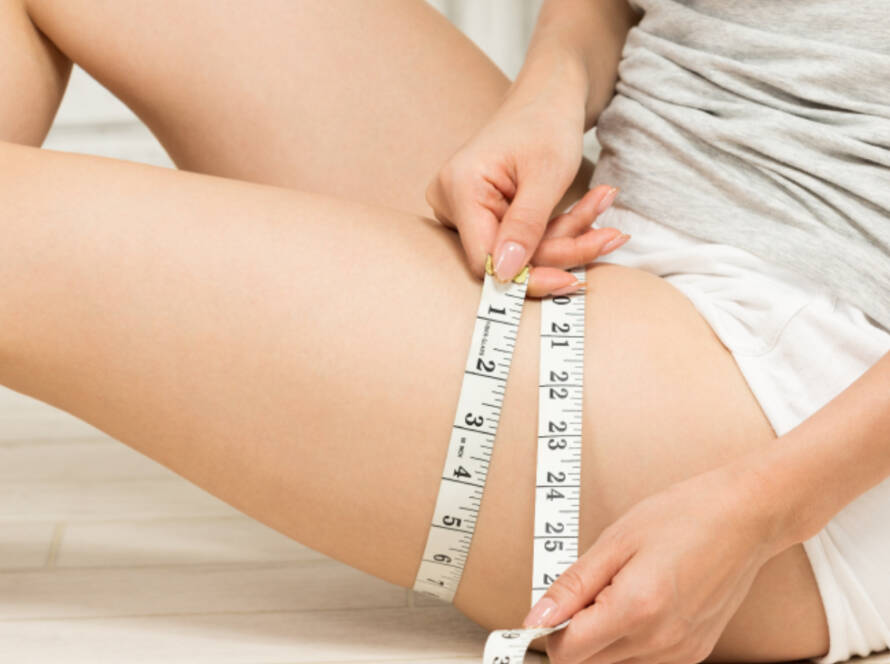Unlocking the Secret to Toned Thighs: Effective Methods for Reducing Inner Thigh Fat
Reducing inner thigh fat can be a challenging endeavor, but there are several effective approaches to consider. It’s important to note that spot reduction, or losing fat from specific areas of the body through targeted exercises, is not feasible. Instead, a holistic approach involving a combination of exercise, diet, and lifestyle adjustments is essential for overall fat loss, which can contribute to reducing inner thigh fat.
Genetic Influence on Inner Thigh Fat
Genetics plays a significant role in determining the distribution of body fat, including the accumulation of fat in the inner thigh area. Research indicates that genetic factors, especially in women, heavily influence body fat storage, with women typically storing fat in their hips, lower belly, and inner thighs 1. This genetic predisposition can make it more challenging to reduce fat in specific areas, such as the inner thighs.
Exercise and Muscle Development
While targeted exercises for the inner thighs can help strengthen the muscles in that area, they do not directly lead to fat reduction in that specific area. Instead, these exercises contribute to overall muscle development and toning. Strengthening the muscles in the inner thigh region can enhance the overall appearance of the legs, contributing to a more shapely and toned look 2.
Overall Body Fat Reduction
A key strategy for reducing inner thigh fat involves overall body fat reduction through a combination of cardiovascular exercises, strength training, and a balanced diet. Engaging in activities that elevate the heart rate, such as running, cycling, or swimming, can aid in burning calories and reducing body fat, including fat in the inner thigh area Additionally, incorporating strength training exercises that target multiple muscle groups, including the thighs, can contribute to overall fat loss and muscle toning.
Dietary Considerations
Adopting a balanced and nutritious diet is crucial for reducing overall body fat, including fat in the inner thighs. Consuming a diet rich in lean protein, complex carbohydrates, and healthy fats can support weight management and muscle development. Additionally, monitoring calorie intake and making dietary adjustments to create a calorie deficit can contribute to fat loss throughout the body, including the inner thighs 3.
Lifestyle Modifications
In addition to exercise and diet, certain lifestyle modifications can complement efforts to reduce inner thigh fat. Adequate sleep, hydration, and stress management are important factors that can influence overall body composition and fat distribution. Prioritizing quality sleep and staying properly hydrated can support metabolic health and overall well-being, which can indirectly impact fat reduction 3.
In conclusion, while genetics can influence the distribution of body fat, a comprehensive approach involving exercise, diet, and lifestyle modifications is essential for reducing inner thigh fat. By focusing on overall fat loss and muscle development, individuals can work towards achieving more toned and sculpted thighs.












